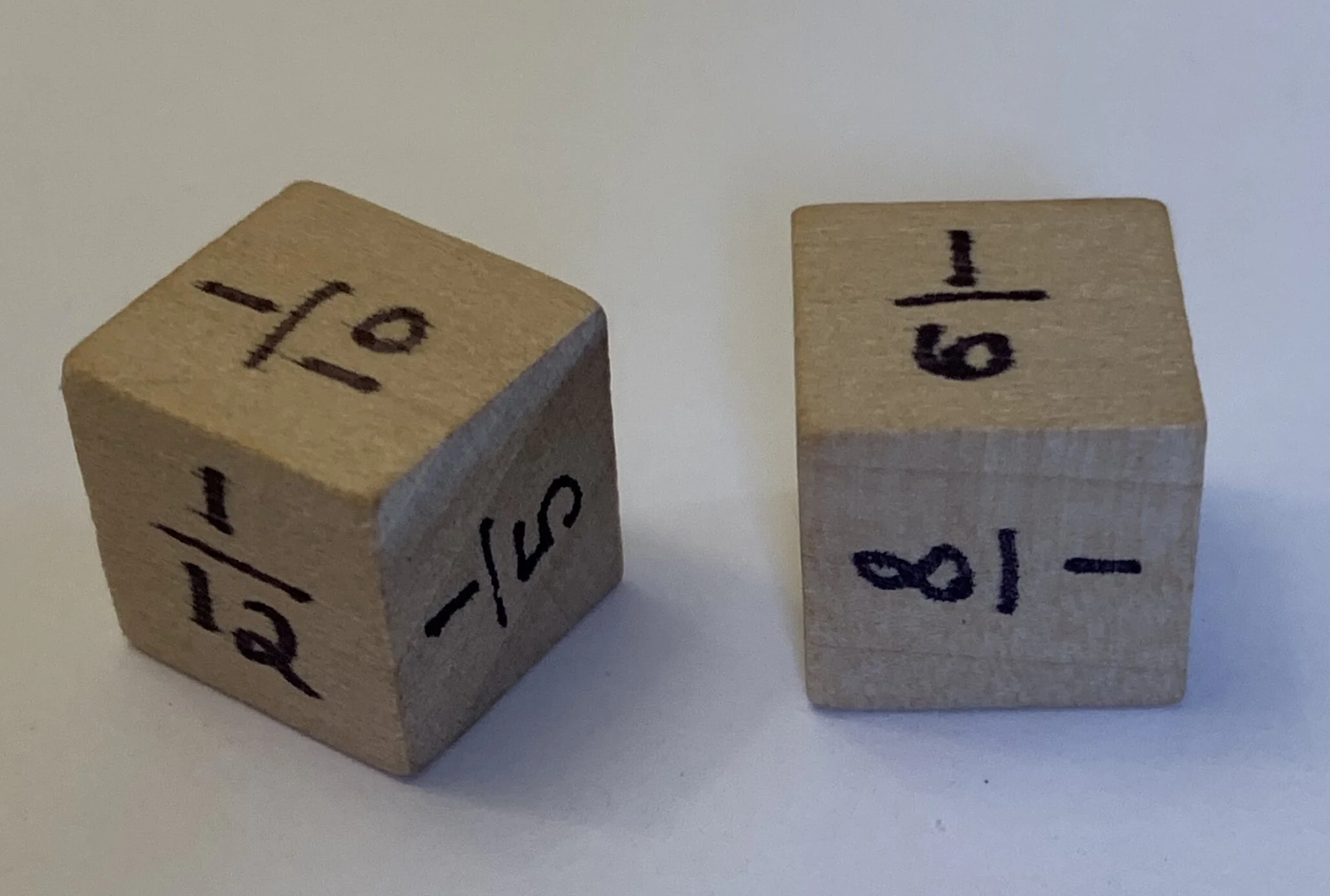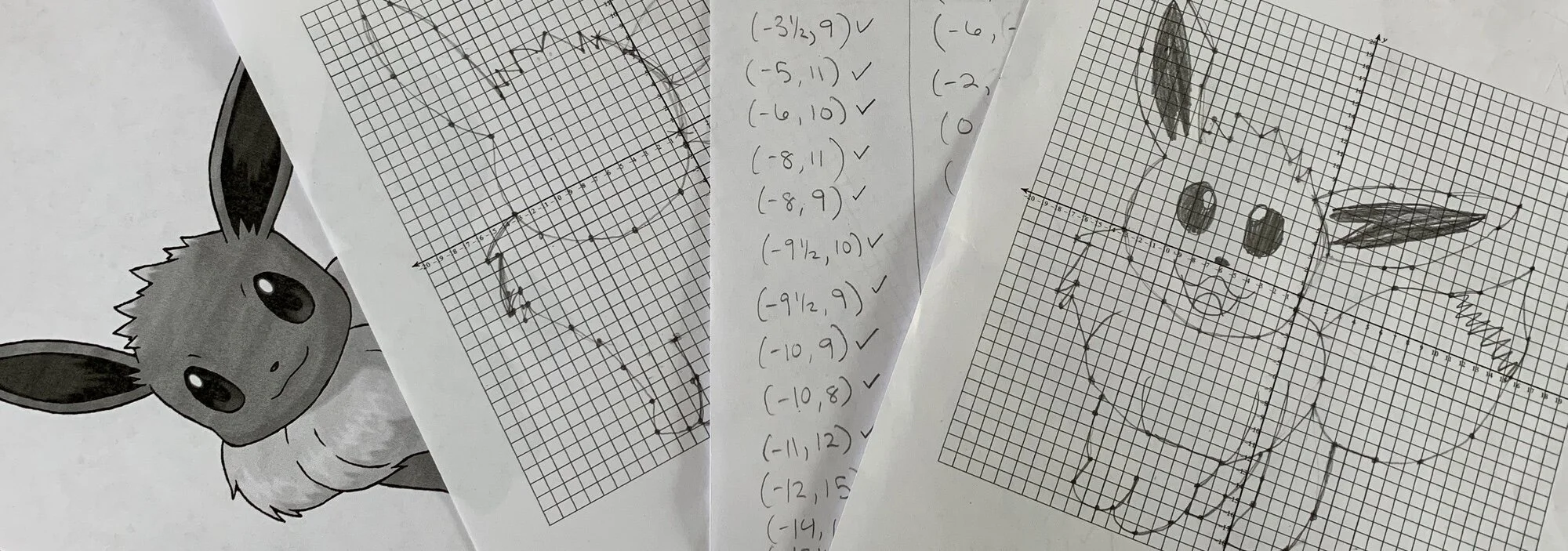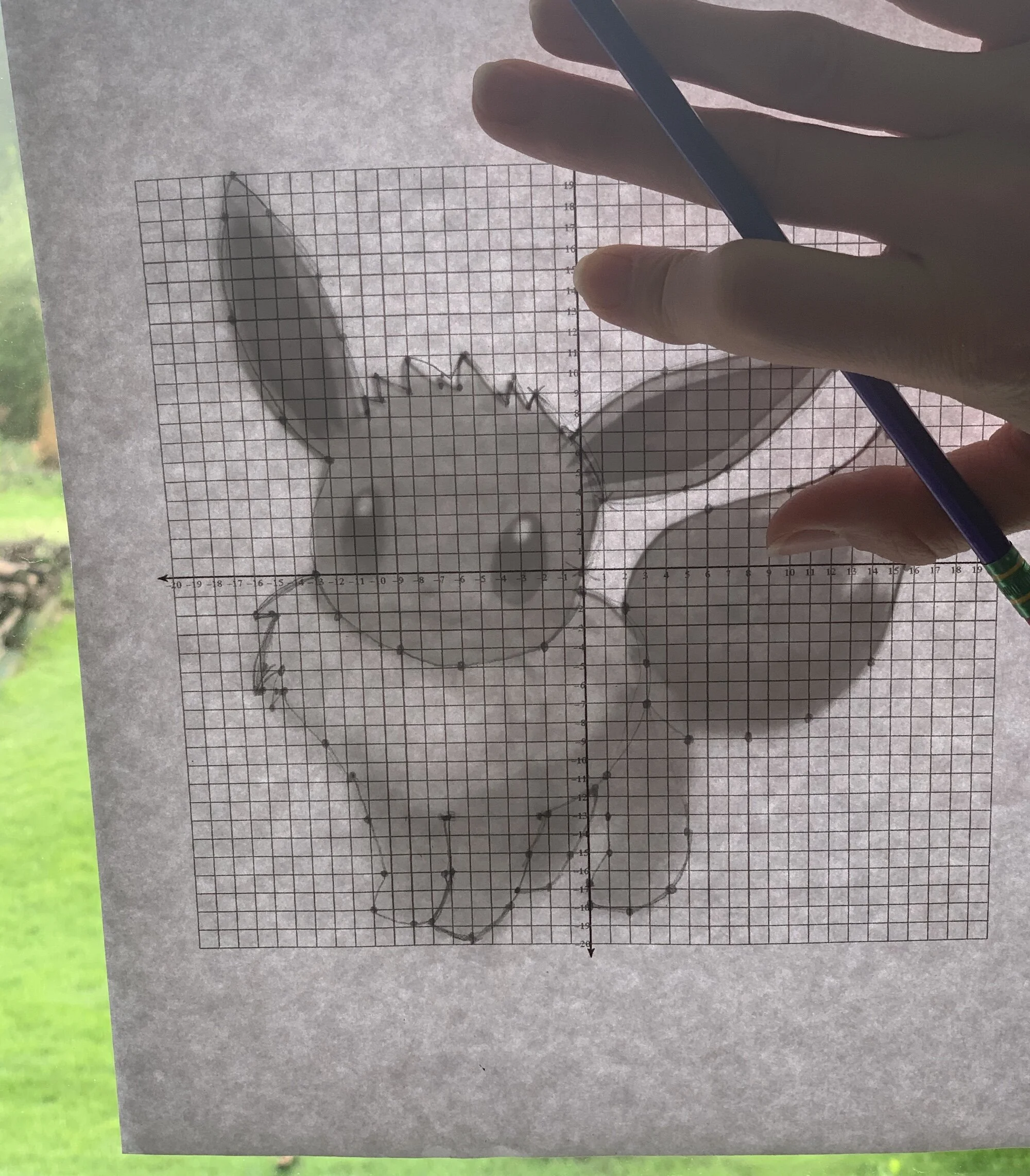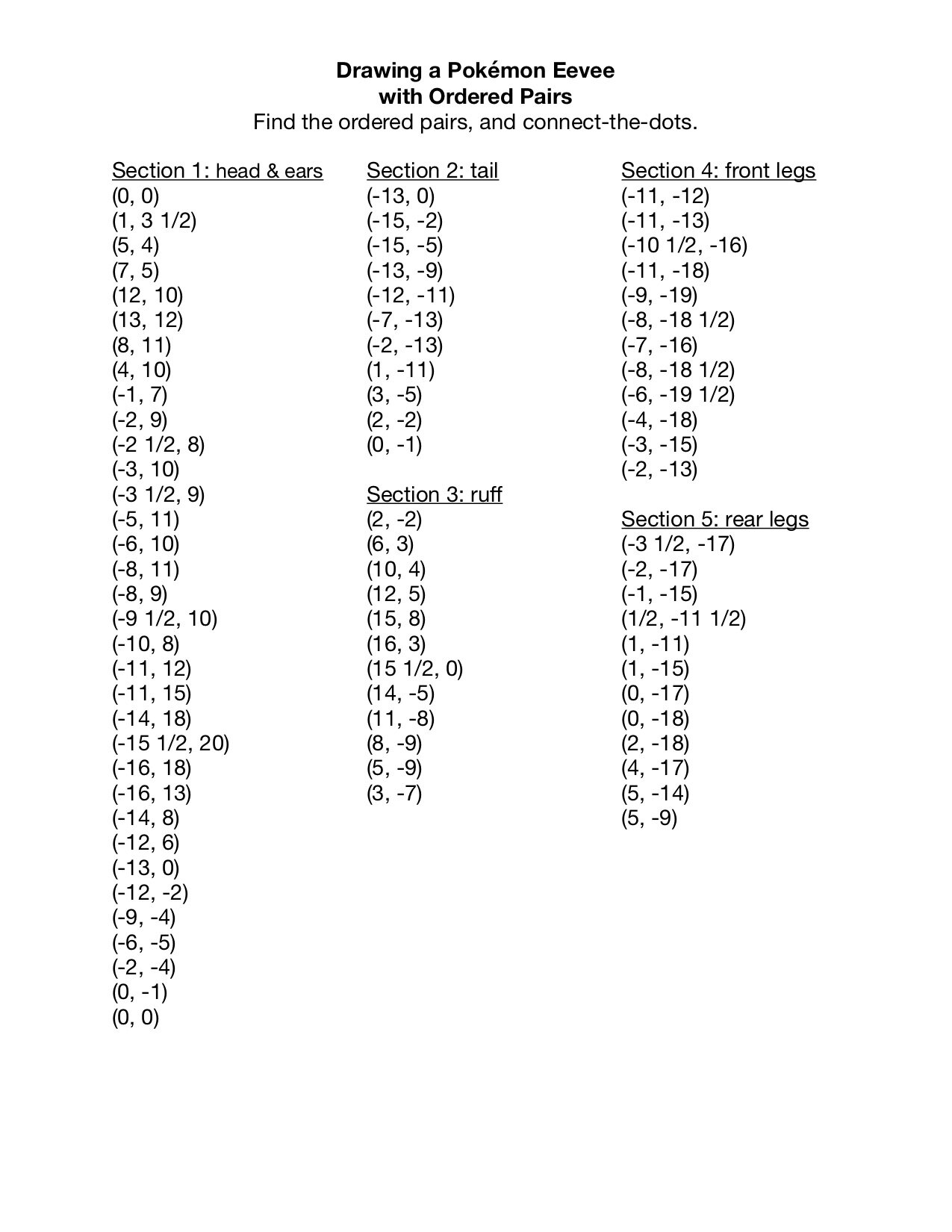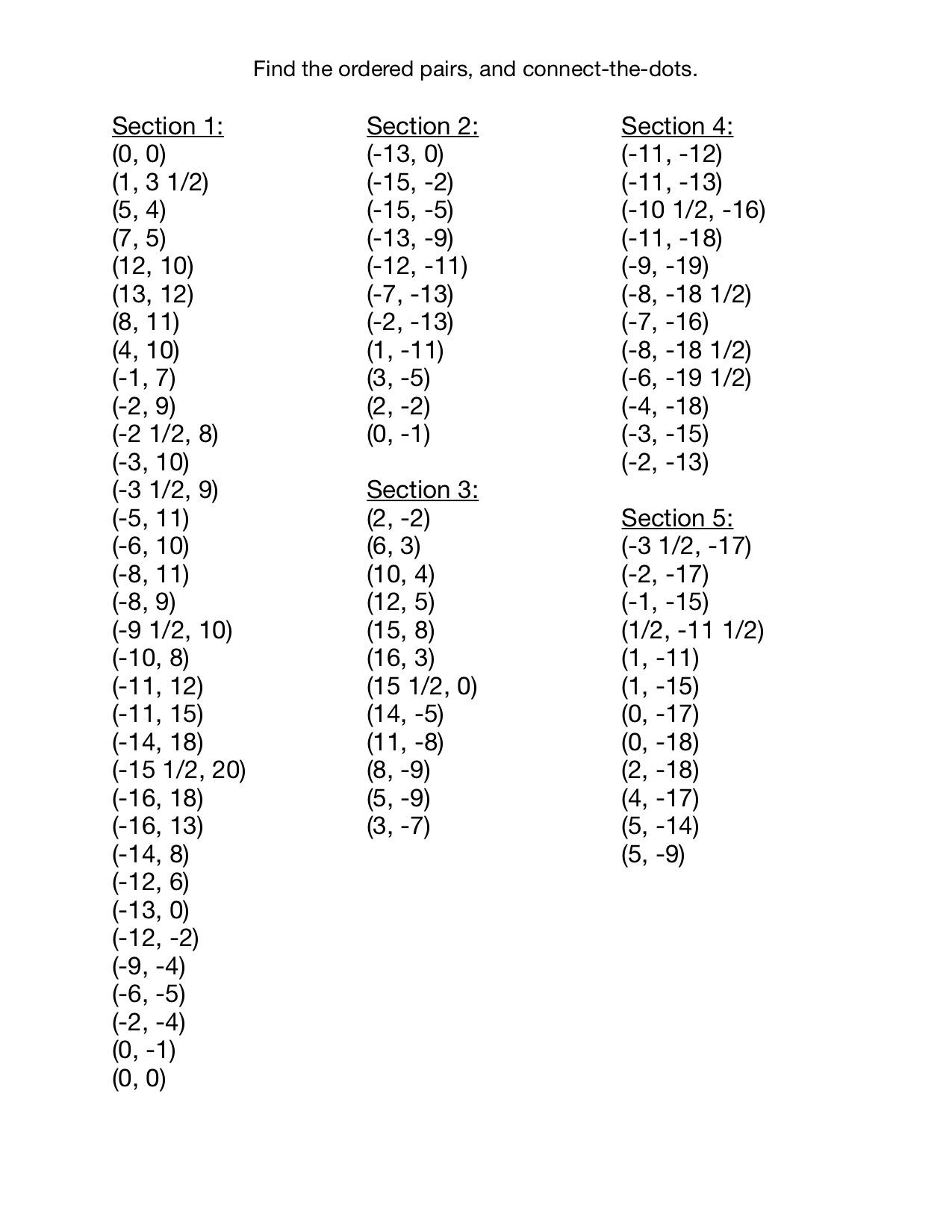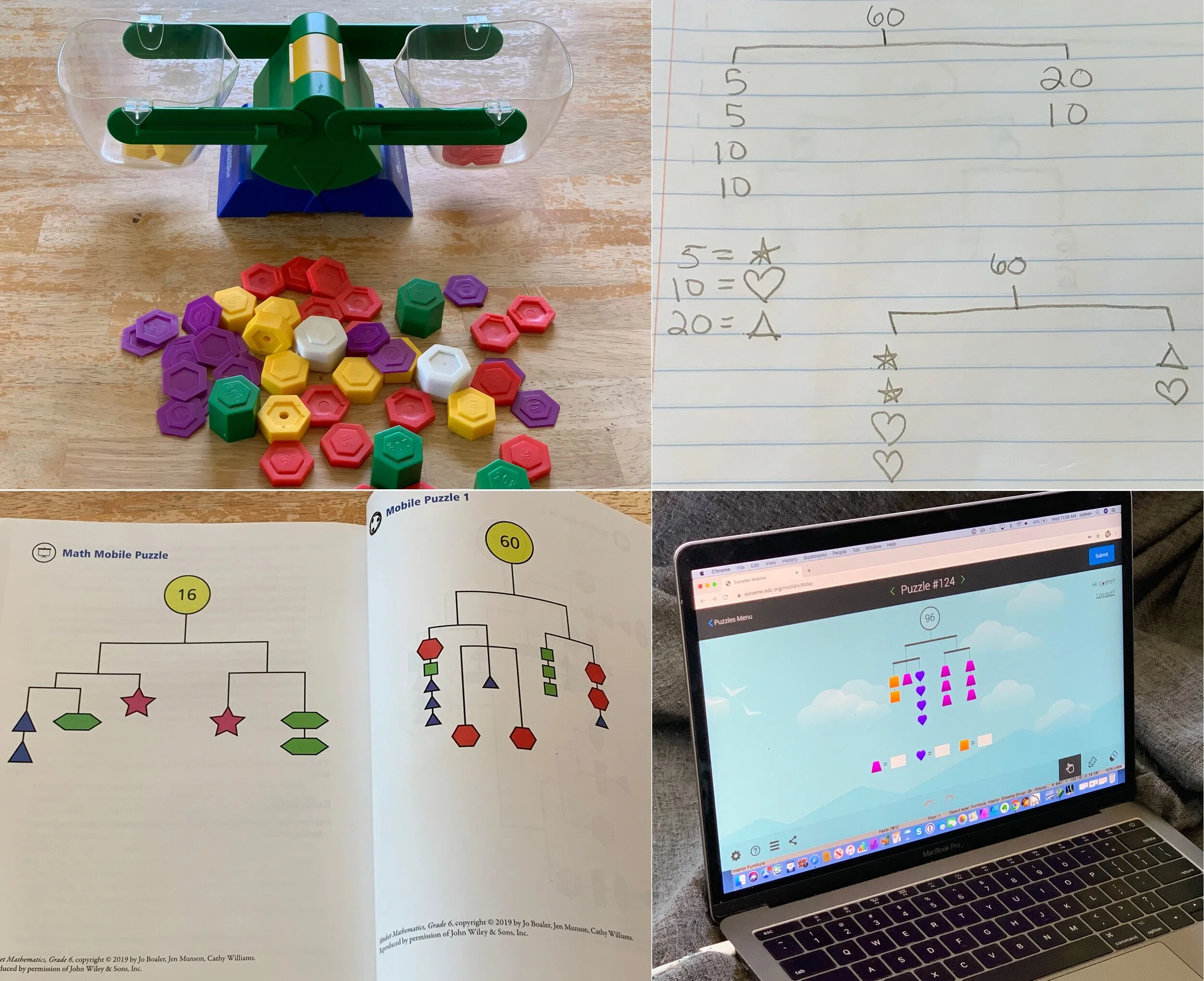While looking for equivalent fraction activities, I found a game called Fraction Swap. Since I didn’t make the purchase, I don’t know the game’s instructions. But it inspired me just enough to develop a fun two-person game with the fraction rods we already have.
Supplies:
fraction rods: ours are from Learning Resources. (One of our 1/8 pieces is missing, so we use a Lego substitute!)
2 blank wood cubes to use as dice: we had these left over from a craft project
2 sheets of paper, a permanent marker
Game Making:
Use a permanent marker to write fractions on the wood cubes. On both dice we wrote: 1/12, 1/10, 1/8, 1/6, 1/5, and 1/4.
Trace the full “one” fraction rod two times onto each sheet of paper.
Game Preparations and Goal:
Arrange all the fractions in order off to the side from smallest to largest (1/12, 1/10…1/3, 1/2). Place them between the players so everyone can reach. This is the bank.
Each player receives a sheet of paper with two one-unit rods drawn on it. Show students how each is the size as the one rod. Now explain that the one rod isn’t part of the bank, but it can be used during the game for measuring.
The goal is to fill up both rods on your paper with fraction pieces that are exactly equal to one. But, the winner is the person who can fill up their two rods with the least number of fraction pieces. The way to do this is by trading several smaller fraction pieces for equivalent larger fractions.
How to play:
Each player rolls a die. The person with the largest fraction gets to roll first.
For each turn, the player rolls both dice. They choose which of the two fractions they would like to take from the bank. If they roll 1/10 and 1/6, they might choose 1/6 because it is larger. They might choose 1/10 because they have many 1/10 fractions and might easily make an exchange. They may place the fraction piece anywhere on their paper—on one of their one rod spaces or under the rod spaces.
After rolling and choosing a fraction piece, players may make one exchange of a smaller set of fractions for an equivalent larger one. For example, you can exchange in two of the 1/10 pieces for a 1/5 piece. Exchanges are done with the bank, not other players. The player doing the exchange should say out loud what they are doing. For example, “I’m exchanging 2/4 for 1/2.” This way the other player can confirm exchanges.
The first player to decide they have filled their two rods in a way that uses the least amount of fraction pieces, makes the announcement that they’re done. The game continues until the second player is also finished, but there is a twist. The player who is finished still gets to roll the dice and choose a fraction piece each turn. This encourages the last person to finish quickly because there are fewer and fewer pieces remaining.
Notes:
With how we played, you can only exchange equivalent fractions of the same fraction for a larger fraction. You can’t add different fractions to make an equivalency. Perhaps if you’re practicing addition of fractions, you could make this change.
If both fractions that were rolled are no longer available, you can choose something equivalent to it from the bank. For example if the 1/4 fractions are all used up, you could take two 1/8 pieces. The kids get kind of excited about this!
You could play this game with three players and one person can be the banker.
After the game, students can prove to each other that their fractions are each equal to one. Ask them how they could do this. Many students will compare with the one rod or other rods. This is a great start. Students might also talk about more equivalencies, such as “this set of 5/10 is equal to 1/2, and I know 1/2 plus 1/2 equals one.” They might also prove it on paper by finding common denominators and adding the fractions.
An optional game change: For each turn, players can either roll and choose a fraction piece or exchange equivalent fractions. My kids adamantly didn’t want to try this version, but if you like this rule, start with it!

